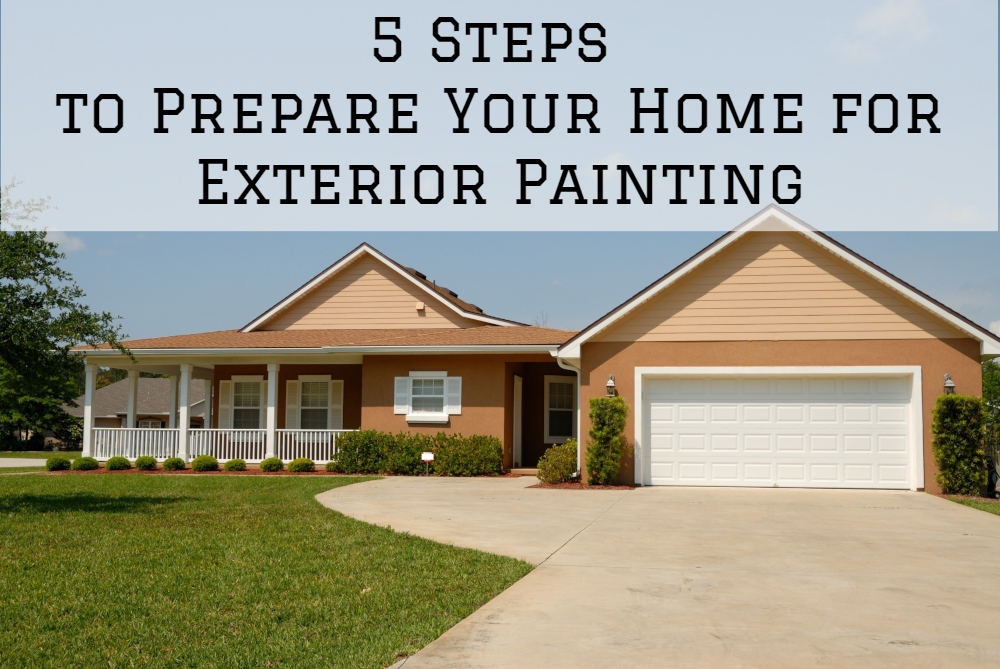If your home’s exterior is showing signs of paint failure such as paint fading, peeling, flaking, cracking and chalking, it’s time for a new paint job. And if this is your first time having your home’s exterior painted, you need to understand that it’s quite an involving task which calls to thorough preparation.
Without proper preparation, the home exterior paint job could end up failing within just a few months. Adequate preparation enables you to maximize efficiency, minimize frustration and stretch the longevity of the work as far as possible. To help you achieve this, here are some steps you should undertake when preparing for your next home exterior painting project.
1. Trim nearby plants and trees
Landscape and trim any trees, bushes or plants in close contact to your home. You don’t want branches and thorns hitting your wall after you’ve applied the wet paint because it will ruin the paintwork. Additionally, trimming the trees creates enough space for you and your crew to work around.
2. Clean the exterior
The exterior of your home accumulates dust, grime, and debris over time, and might even have mold and mildew growth. All this makes it nearly impossible for the paint to properly adhere on the surface –they need to be removed before painting can proceed. So before the paintbrush meets the surface, be sure to wash your exterior from top to bottom, all around.
The best tool to use here is a pressure washer because it will save you money and hours of nerve-wracking labor. If you don’t have a pressure washer, you can rent one from a home improvement store. Plain clean water should do the job, but if you have mold growth, you will need to add recommended cleaning additives.
3. Sanding and Scraping
This is where the bulk of exterior prep work goes –surface preparation, particularly sanding and scrapping. If you’re dealing with a new unpainted surface, you can give select areas a light sanding and move on. However, previously painted surfaces will need to have loose and flaking paint scraped off and the edges sanded flush.
Sanding and scrapping can be quite tedious, but when done right, the effort will pay off in terms of the beautiful appearance and durability of the final finish. Painting over flacking and peeling paint will only lead to premature paint failure. Get yourself a power sander to save some time and effort.
4. Caulk where necessary
This is necessary if the siding has lost the caulking along the vertical joints or between clapboards. Fill cracks and voids with caulk until it overflows, then wipe away the excess with a damp towel or rag. Be careful not to caulk openings that are meant for ventilation.
While at it, be sure to make any necessary repairs on rotted or damaged areas. Extensive damages might require hiring a handyman for help. Things like replacing the stairs, clapboard or overhangs are probably beyond your DIY capabilities.
5. Prime
Most DIY painters tend to skip this very critical last step with the hope that they’re saving some money and time. However, paint doesn’t stick well to bear surfaces, and by priming, you’re sealing the bare wood and creating a suitable surface for paint adhesion. Priming also blocks the old paint and stains while setting a stage for a long-lasting paint job.
Bottom Line
Exterior home painting is an efficient and inexpensive way to restore the admirable beauty and appearance of your home while increasing its value. Considering the time, effort and technical skills required, you should consider hiring a professional painting contractor if you want a reliable, admirable and durable paint job.
By DYB Virtual

